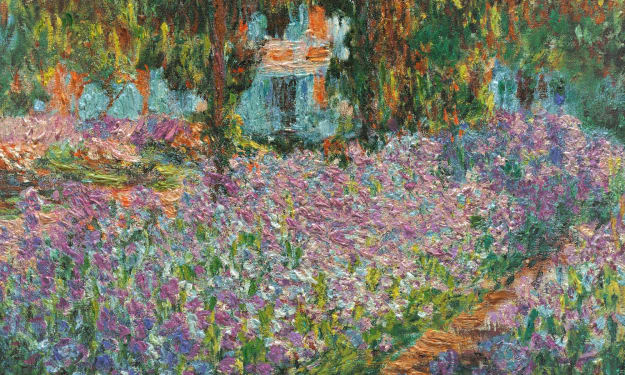History of the Colour Red.
The Color of Passion, Love and Power

When you see a bright red rose or a strawberry, how do you feel? Indeed, colors have such a strong impact on our emotions. But do we know the history of colors and how they are used and depicted in different cultures all around the world. Let's delve right in with the color red.
Red is the very first color of the rainbow and one of the primary colors. It holds a significant place in history as one of the oldest known colors. In fact, it is the first color that the human eye can perceive after black and white. It is this colour when mixed with yellow that gives the colour orange and when mixed with blue, we get a purple or violet colour. The fluid that flows through the human body is blood and appears in a dark to bright red colour despite us seeing what people call blue veins.
Archaeologists have discovered evidence of red pigment being used as far back as 170 thousand years ago in a rock arts in cave in South Africa. The colour is sometimes derived from red ochre, which is a type of rock that is grinded to reveal the mud red colour and has been used as a coloring agent in Africa for over 200,000 years according to historians. Maybe, you have seen the hair of the women of the Himba ethnic group in Namibia who mix this ochre with animal fat and apply it to their long hair for braiding. They also use it for body decoration, to achieve a reddish skin colour.
Over time, different materials and even animals were used to create red dye. Kermis and cochineal bugs were ground up and used to dye clothes, and this pigment was even used in early cosmetics. The Romans mined cinnabar, a mercury ore, to create a vibrant and long-lasting red pigment. Red has been used by civilizations all over the world to dye clothes, create art, and symbolize various aspects of society. It is commonly associated with love, symbolized by hearts, roses, and Valentine's Day.
Even in ancient Rome and modern-day China, brides wear red on their wedding day to symbolize love and happiness. During weddings, graduations and birthdays as a Chinese tradition which spread across parts of Southeast Asia and other countries, people give and receive a gift of money in a red envelope or red packet. The colour red seems to show itself in very important instances in the Asian Culture, which emphasis the regard for the potency of the color.
Red is often used to symbolize power. In fact, 77% of the world's flags incorporate red to project their power to other nations. Throughout history, rulers have dressed in red to symbolize their status, and even the Catholic Church's cardinals and the Pope are known for their red uniforms. Red is deeply rooted in symbolism, representing strength, authority, and even the blood of Jesus on the cross. It has long been associated with powerful individuals and institutions.
Additionally, red is frequently used to represent significant moments or intense emotions. Think of a stop sign, a fire engine, or brake lights - these things indicate the need to be attentive to our surroundings. When someone is angry, it is often said that their blood boils red.
Red speaks to the intensity and depth of human emotions. Not only was it one of the first colors used in art, but it has also allowed humans to express a wide range of emotions through art, decoration, and even clothing. Red is the embodiment of the essence of humanity.
Source: Assessible Art History.
About the Creator
Enjoyed the story? Support the Creator.
Subscribe for free to receive all their stories in your feed. You could also pledge your support or give them a one-off tip, letting them know you appreciate their work.






Comments
There are no comments for this story
Be the first to respond and start the conversation.